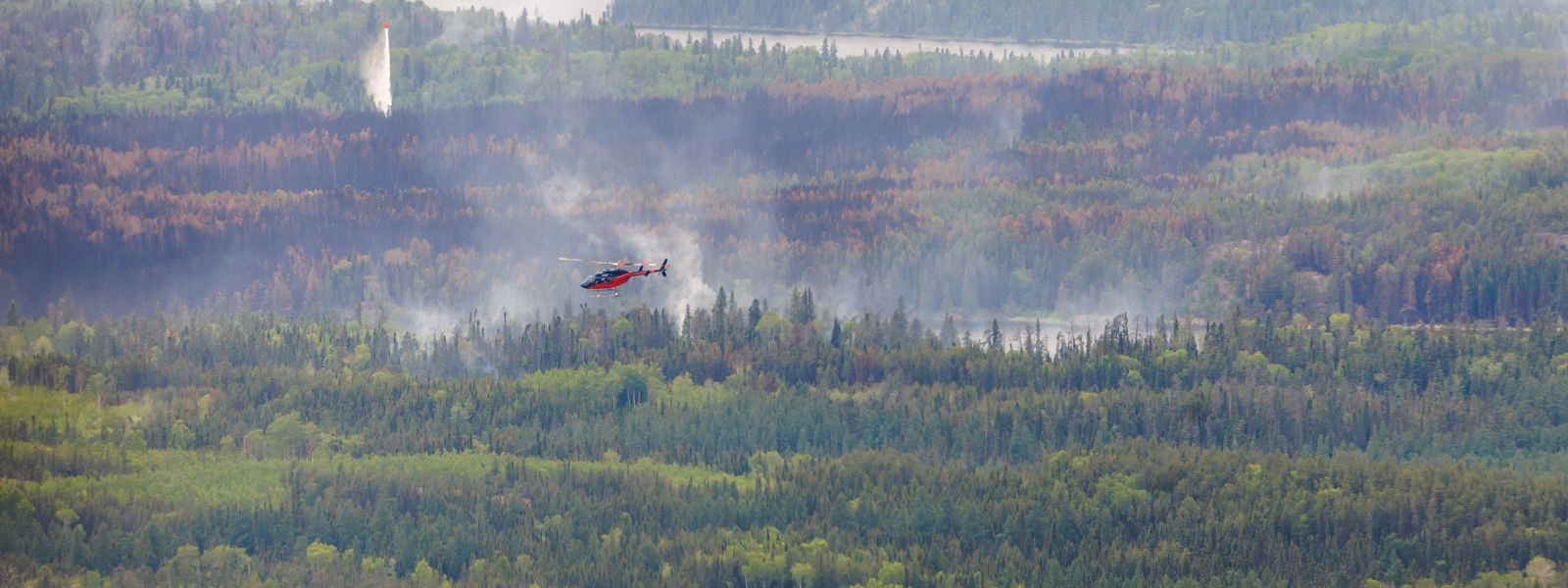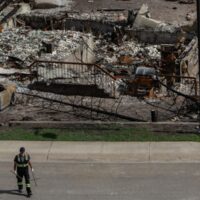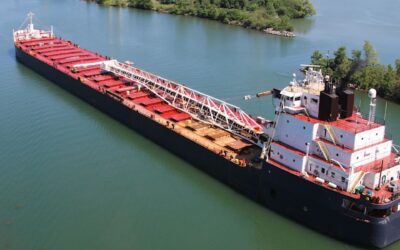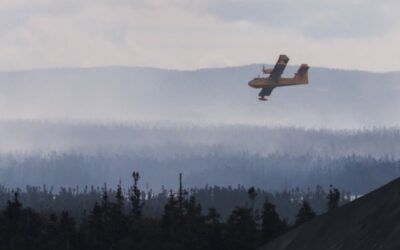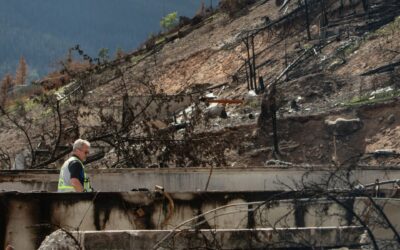This article was previously published in the Vancouver Sun.
This spring, as smoke again fills the skies over Canadian towns and cities, a familiar debate has re-emerged: what caused the fires?
While public discourse often focuses on how wildfires start, the real story is how climate change is creating the conditions for them to grow bigger, faster, and more dangerous.
Some social media posts highlight that many wildfires were “human-caused.” Some suggest arson is to blame or that climate change is not a factor. But this framing is either patently false or obscures the far more serious risk that Canada faces.
There’s an important distinction between how a wildfire starts and what allows it to spiral out of control. Fires can be ignited by lightning, campfires, equipment sparks, power lines, or—rarely—arson. But the ignition source is only one part of the equation.
What determines the spread and intensity of a wildfire is the condition of the landscape it burns through. Extended droughts, intense heat, high winds, and dry vegetation all make wildfires more likely to spread rapidly and become more destructive. A spark alone won’t start a firestorm—but in a tinder-dry forest, it can.
Scientific research has made the connection between climate change and wildfire risk unmistakably clear.
Canada is experiencing longer, more intense fire seasons due to earlier snowmelt, prolonged droughts, extreme heat, and increasingly dry vegetation. These shifts create ideal conditions for frequent and severe wildfires.
Climate attribution studies have directly linked the severity of recent fire seasons to human-caused greenhouse gas emissions. In 2023, Canada experienced its worst wildfire season on record, with over 18 million hectares burned—six times the historical average. As of early June this year, large areas of Alberta, British Columbia, Saskatchewan, Manitoba and the Northwest Territories have already burned, putting 2025 on track to become the second worst season on record.
Although the science is settled, a persistent false narrative circulates each summer that Canada’s worsening wildfires are caused by bad actors, not climate change.
Wildfire agencies in Canada use the term “human-caused” to describe any ignition not sparked by lightning. This includes campfires, off-road vehicles, farm equipment, trains, power lines—and arson, though that’s a small subset. Human-caused fires have typically accounted for roughly half of all fires started each year. What’s changed is the forest landscape they ignite.
In the past, many of these fires would have burned out or been quickly contained. Today, prolonged droughts, record heat, and volatile weather amplified by climate change mean even accidental fires are more likely to escalate into uncontrollable infernos.
And while human-caused fires often dominate public discussion, lightning-caused fires are responsible for most of the forest area burned in Canada, including 93 per cent of the area burned in the 2023 record season. Climate change is increasing the frequency of lightning strikes, while human-caused fires have been declining in Canada since 1980.
Wildfires will always ignite in Canada. But climate change is setting the stage for even greater risks in the years ahead.
Investing in wildfire prevention, modernizing forest management, strengthening emergency response systems, and protecting at-risk communities can reduce the damage.
But most importantly, we must stop adding fuel to the fire. That means cutting emissions to slow the warming that’s supercharging our fire seasons.
Misinformation distracts from real solutions, delays action, and lets the problem grow worse. Even international leaders are failing to connect the dots—the G7 Kananaskis charter on wildfires did not mention climate change at all.
The fires currently burning across Canada are a warning. If we focus only on the matches and ignore the fuel, the devastation will only escalate.

